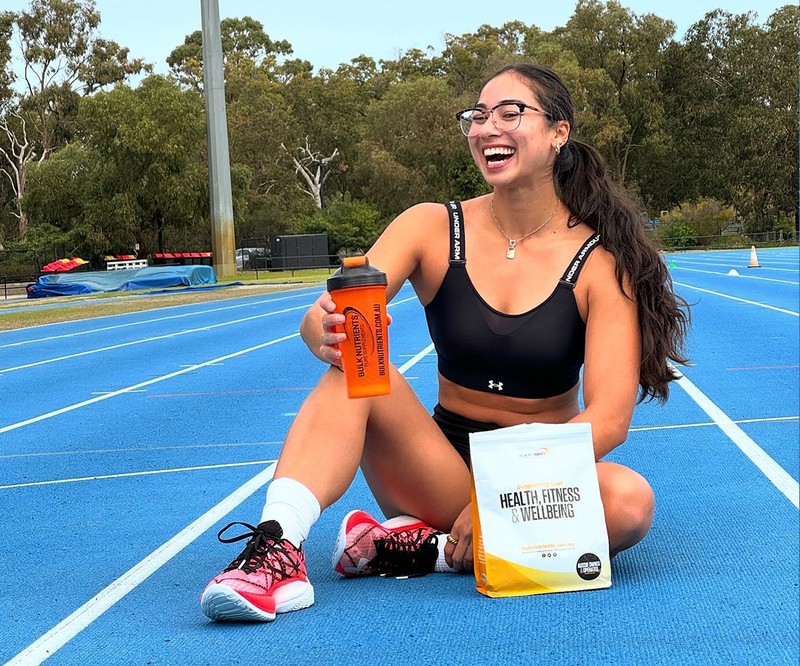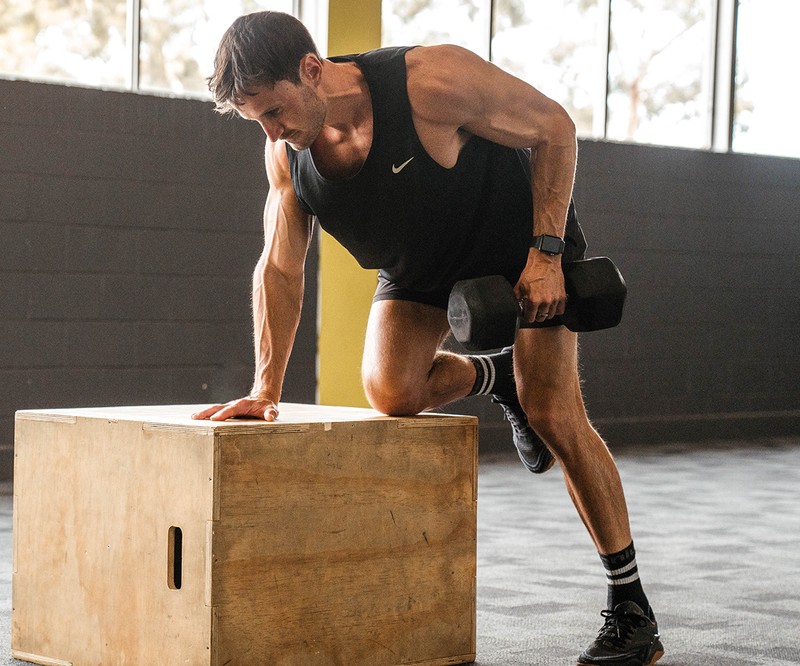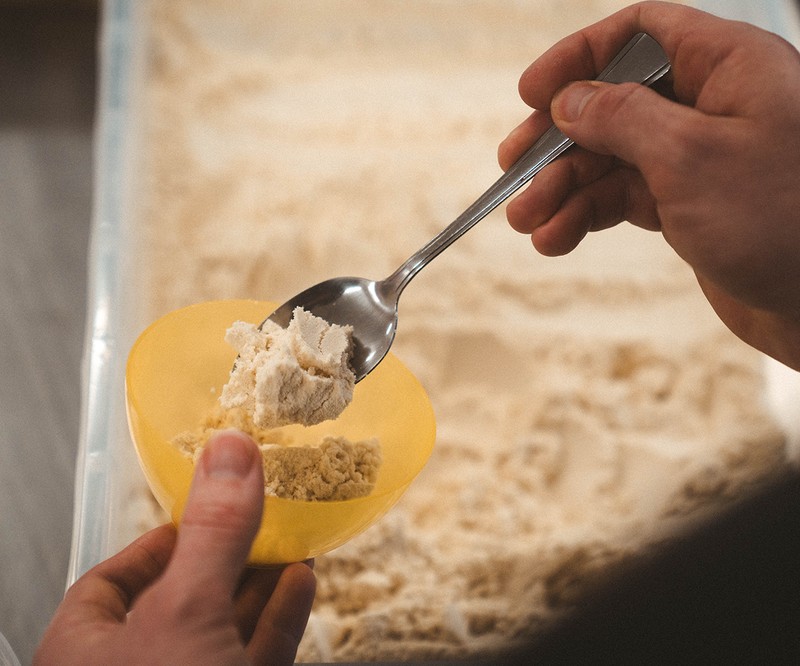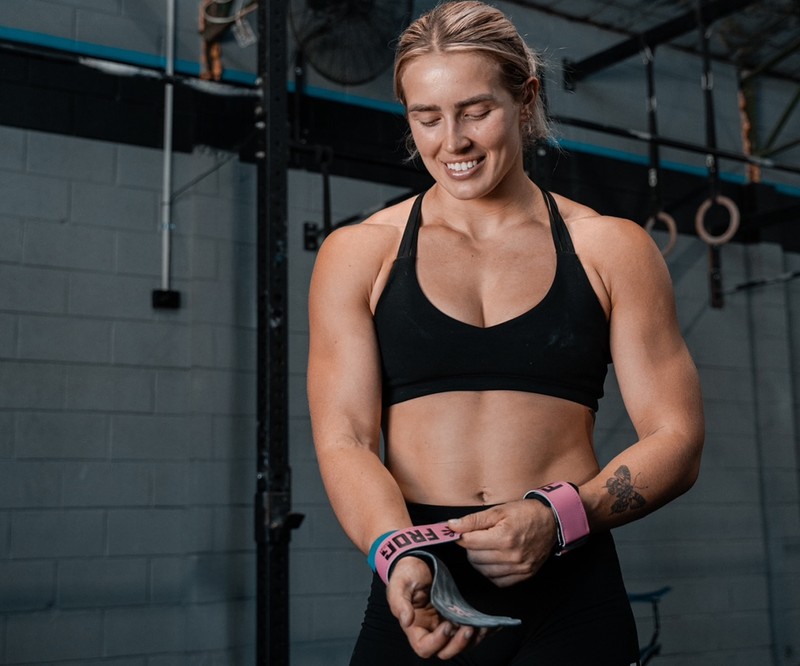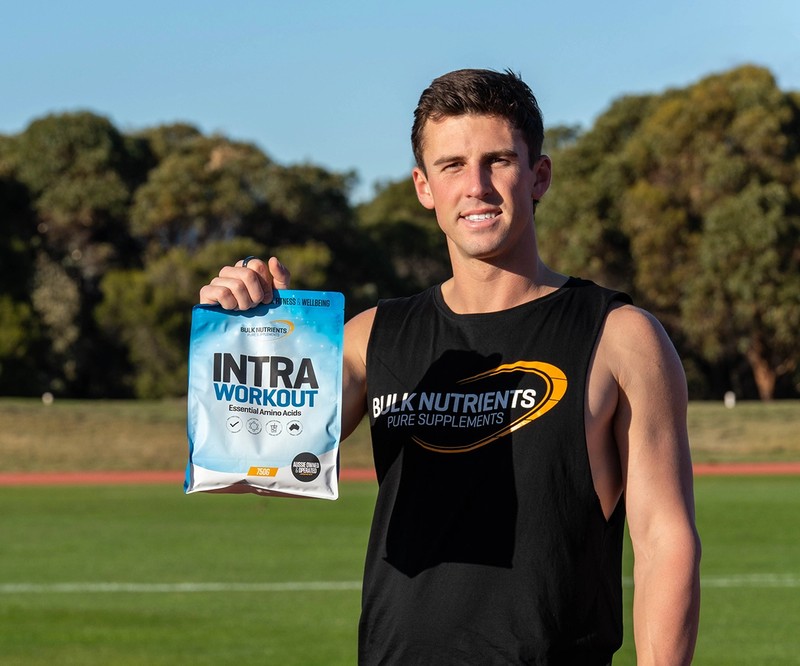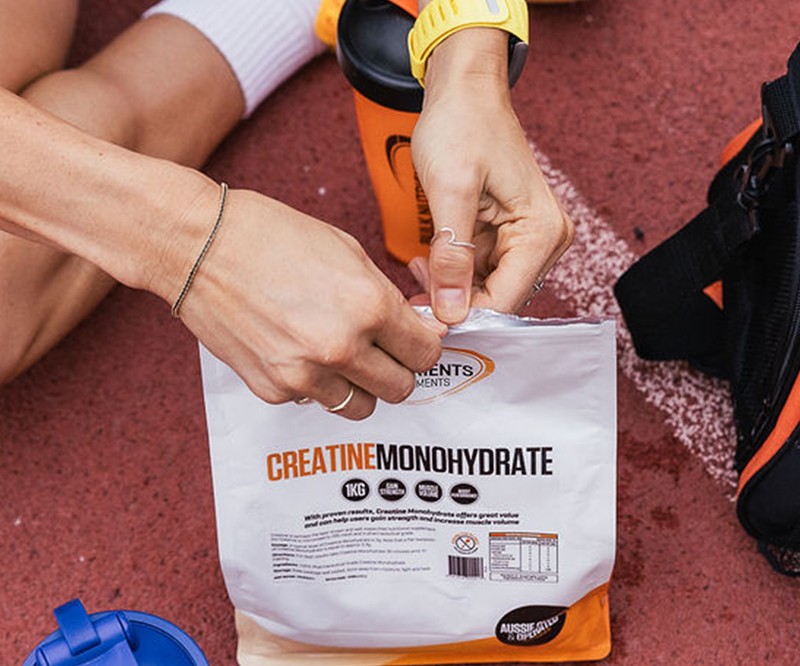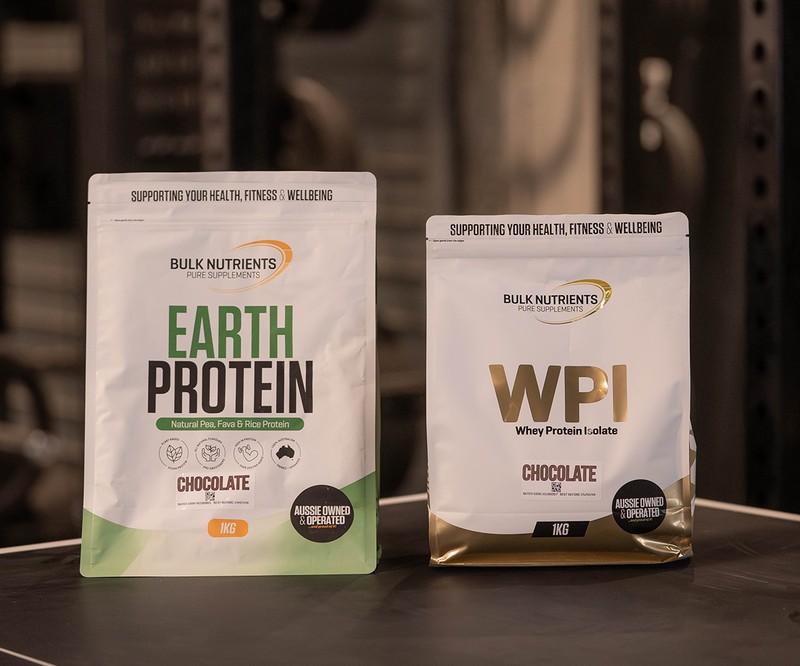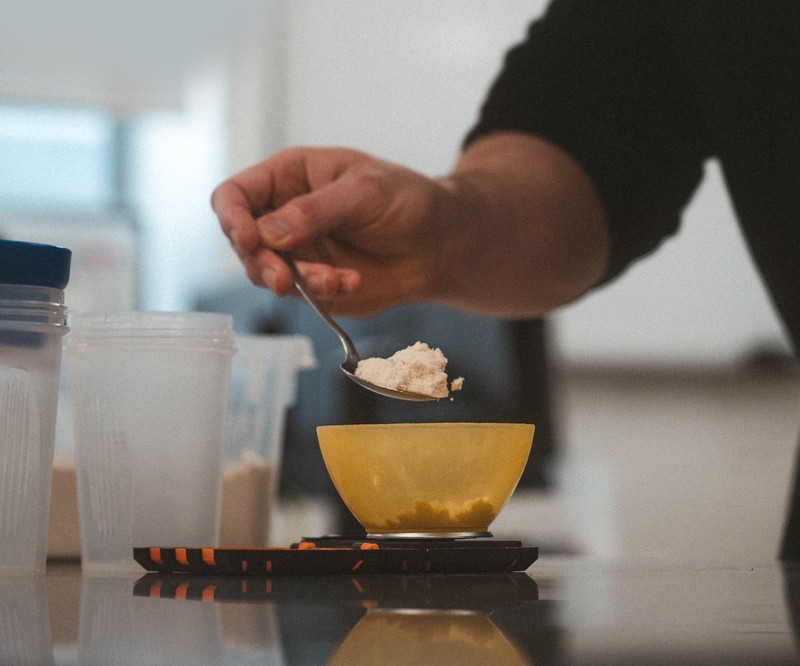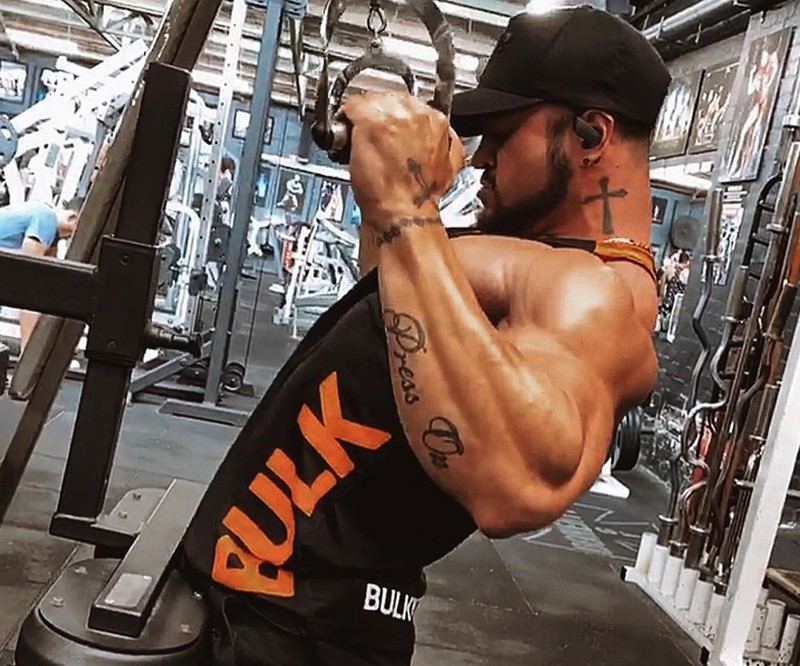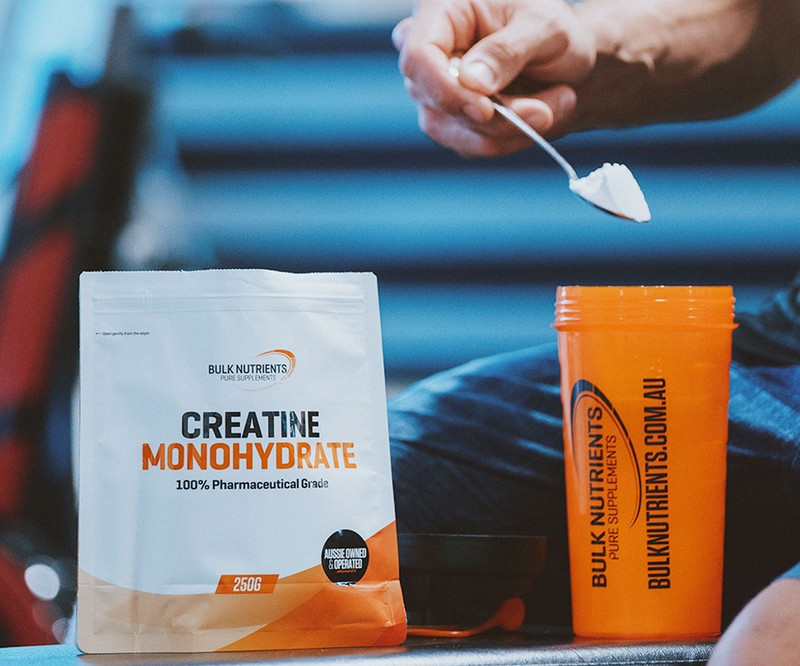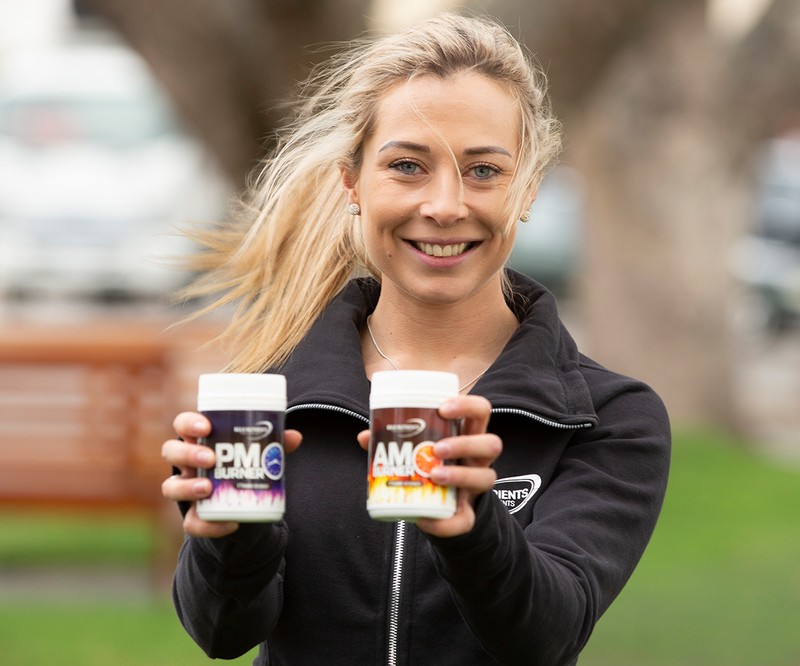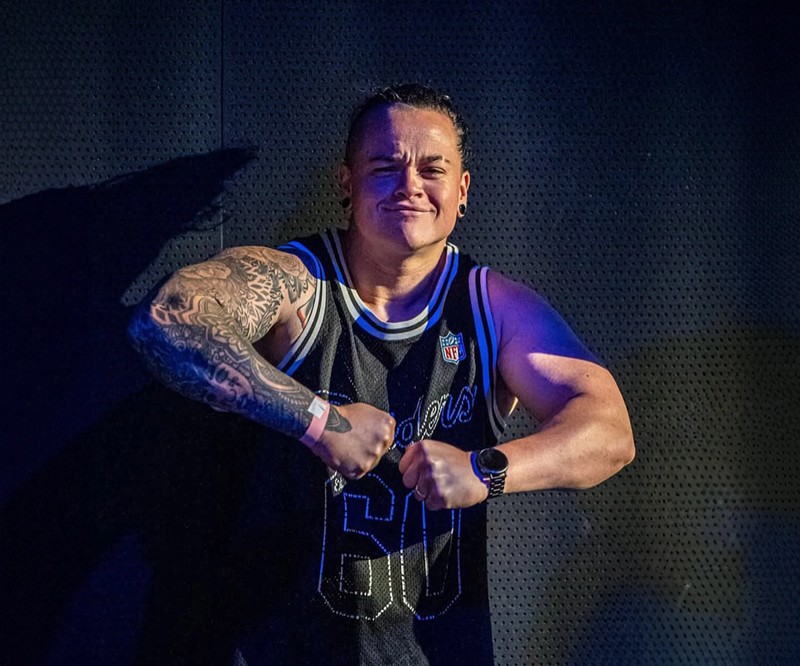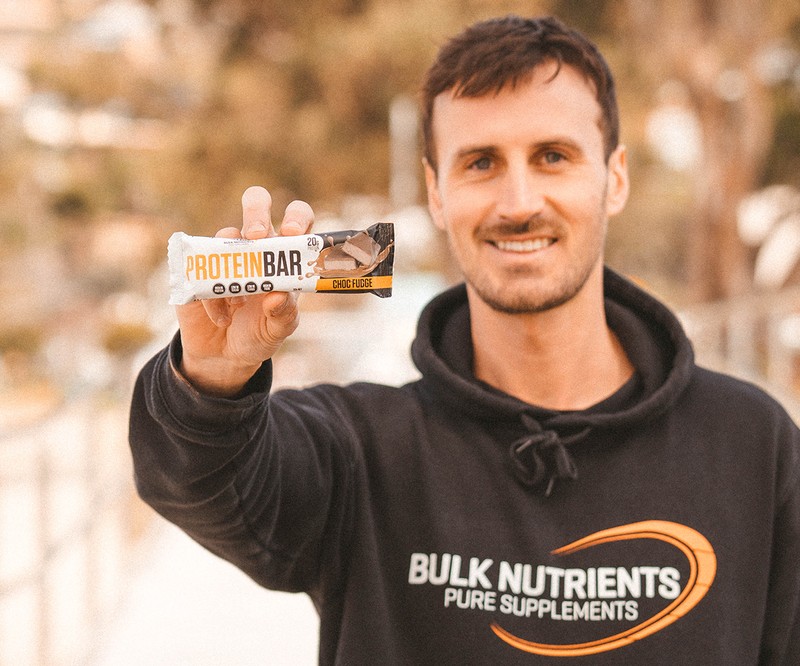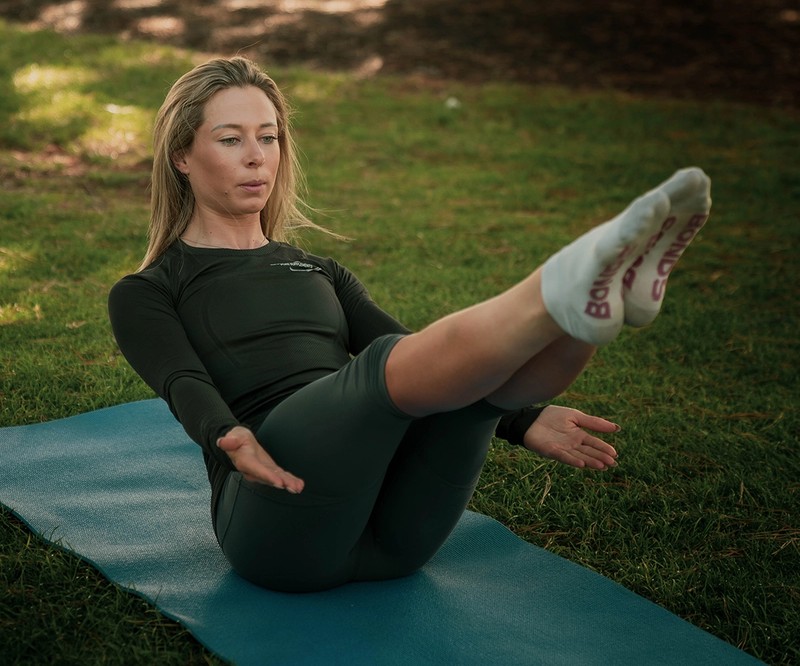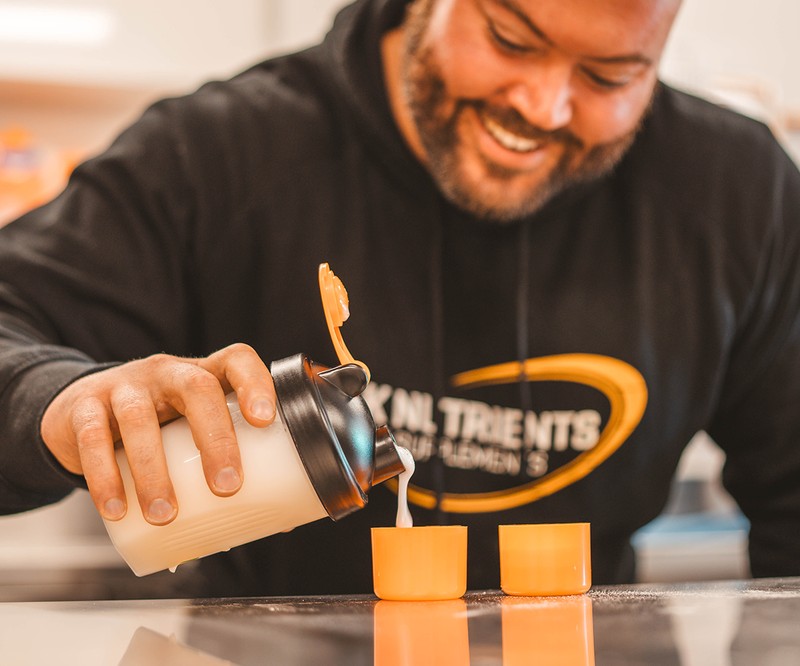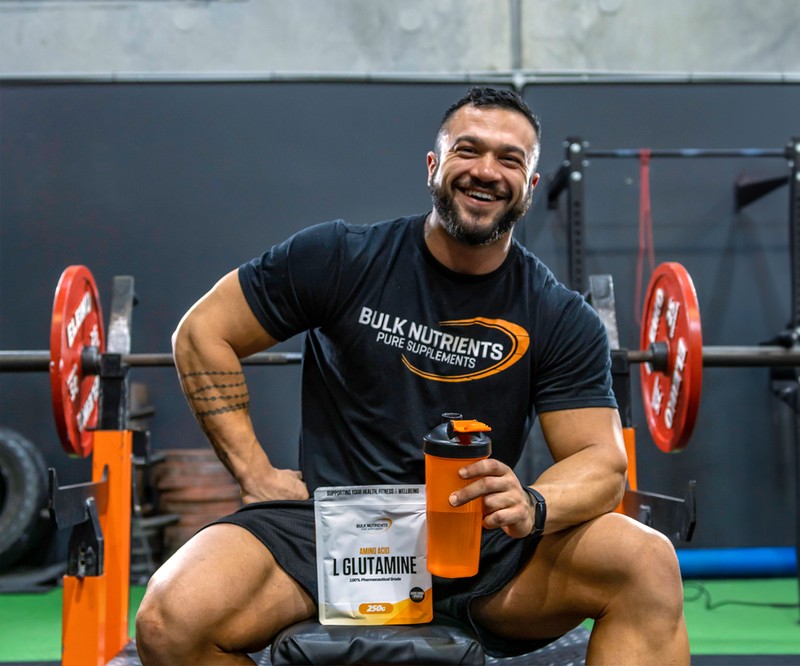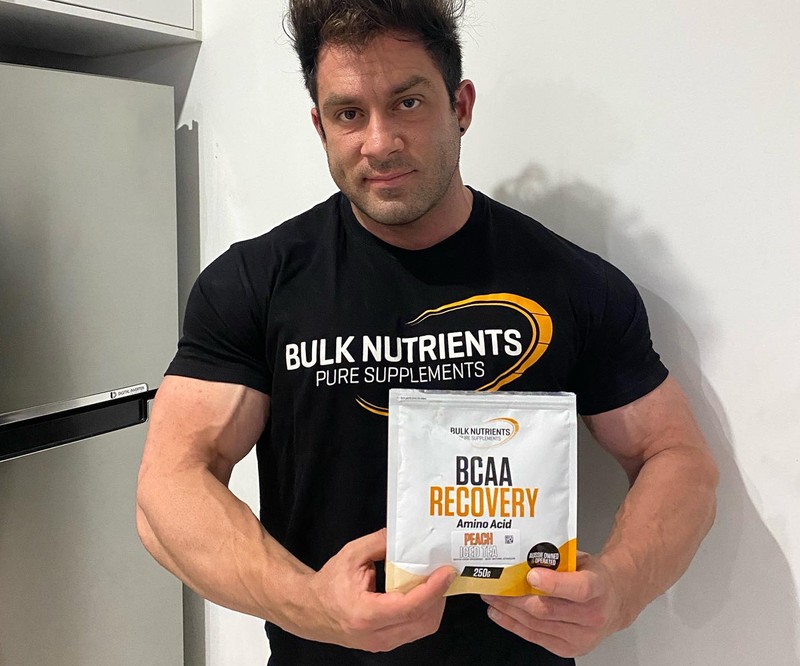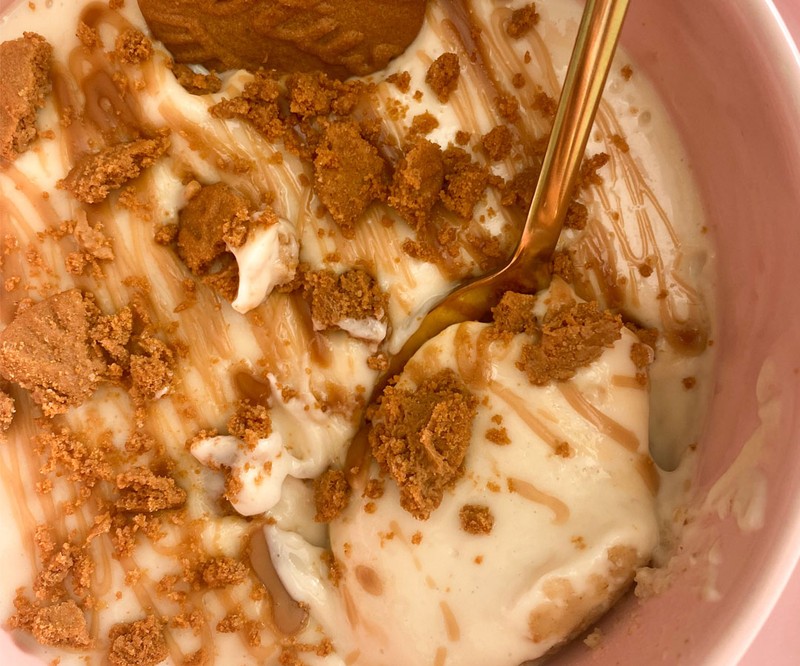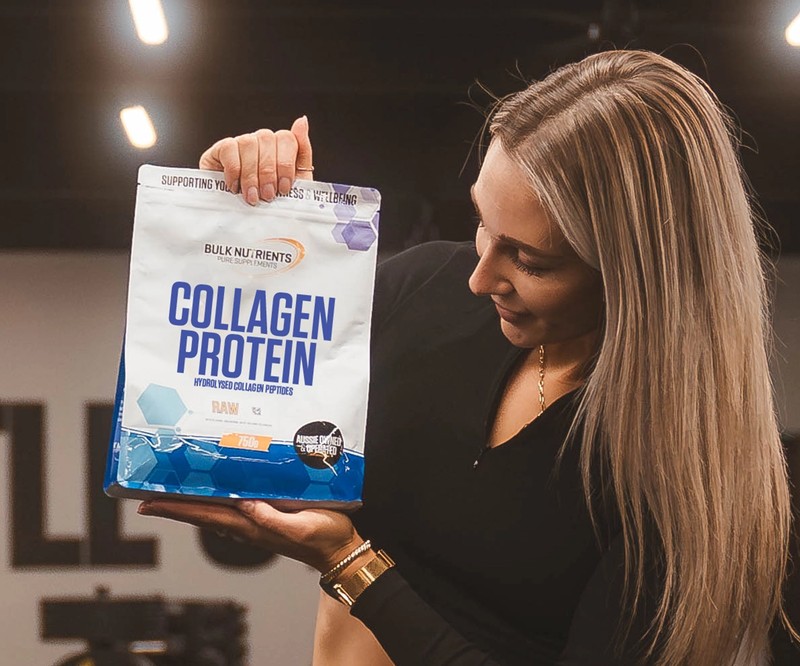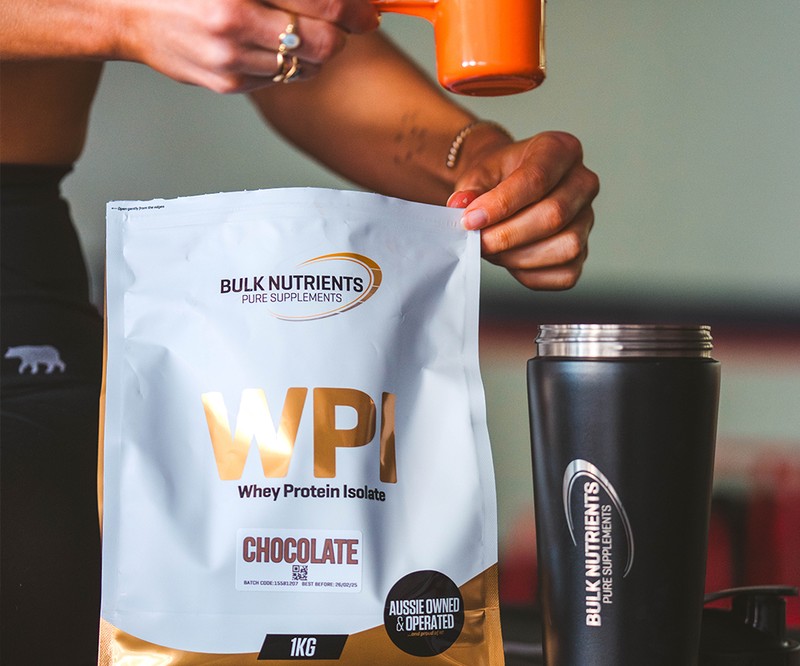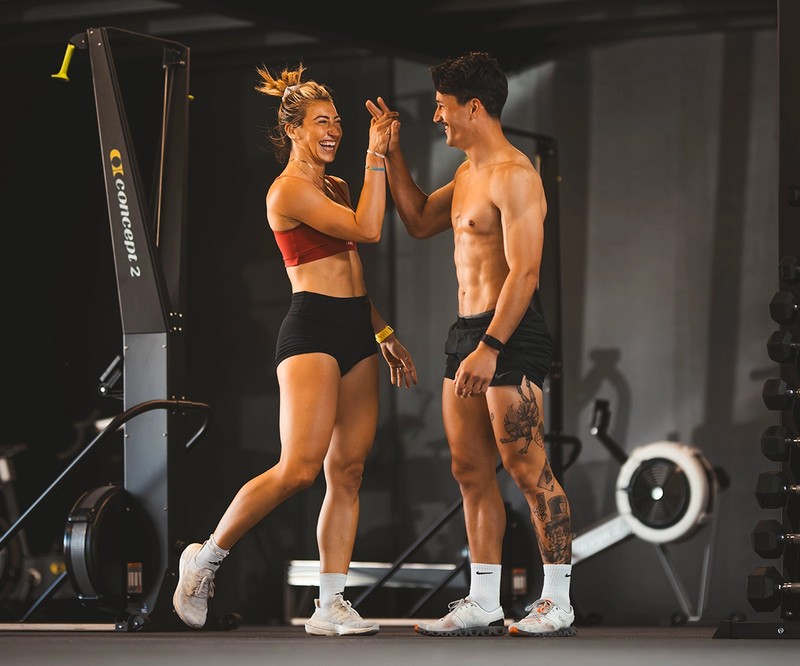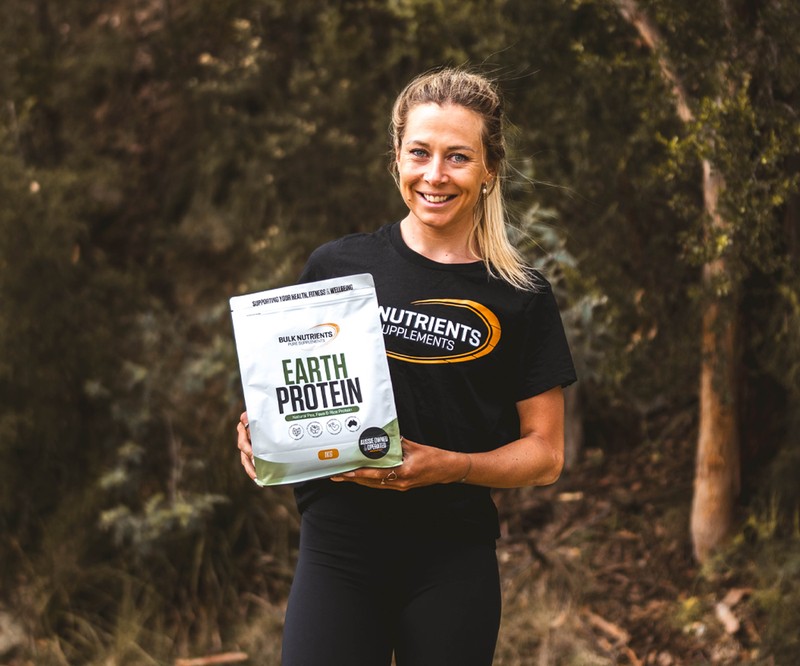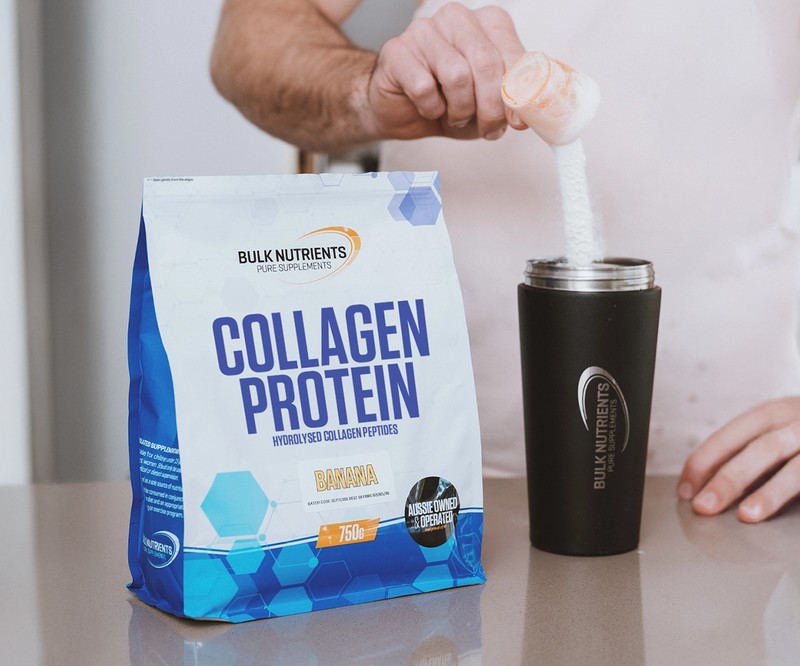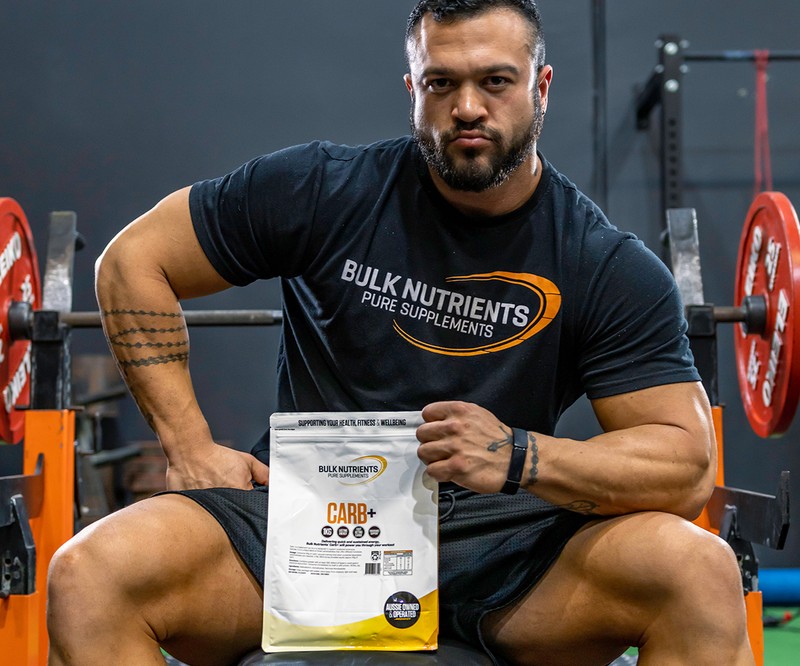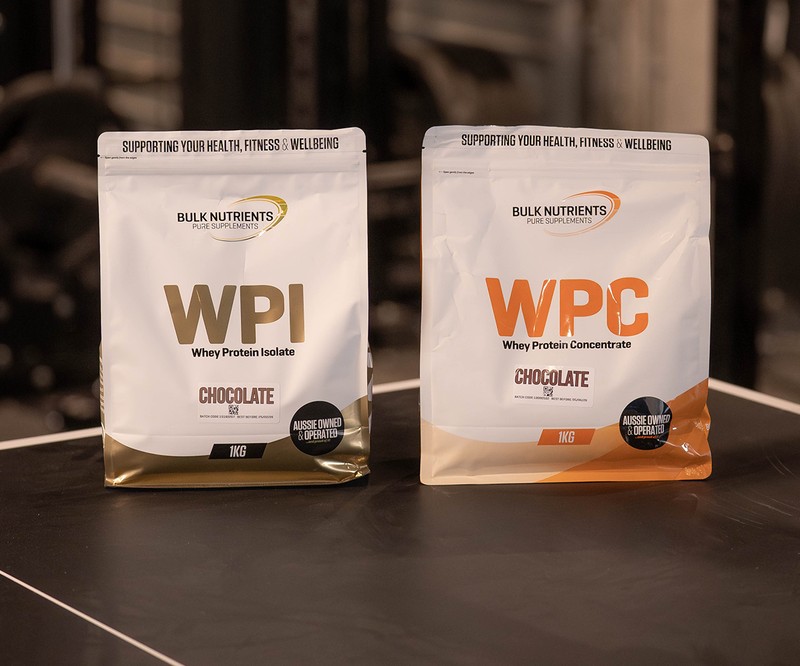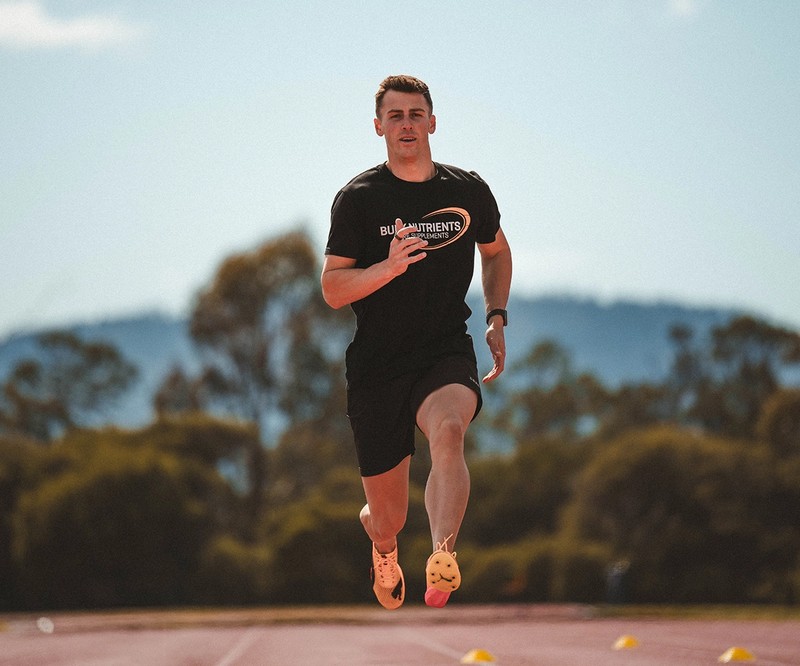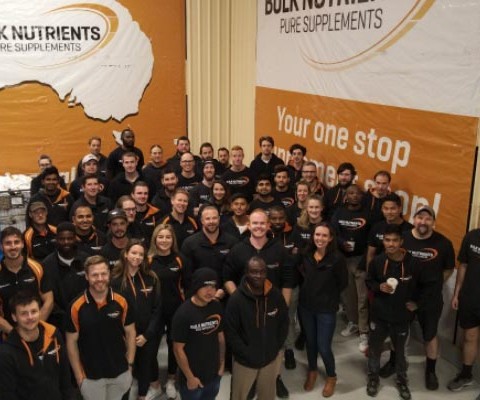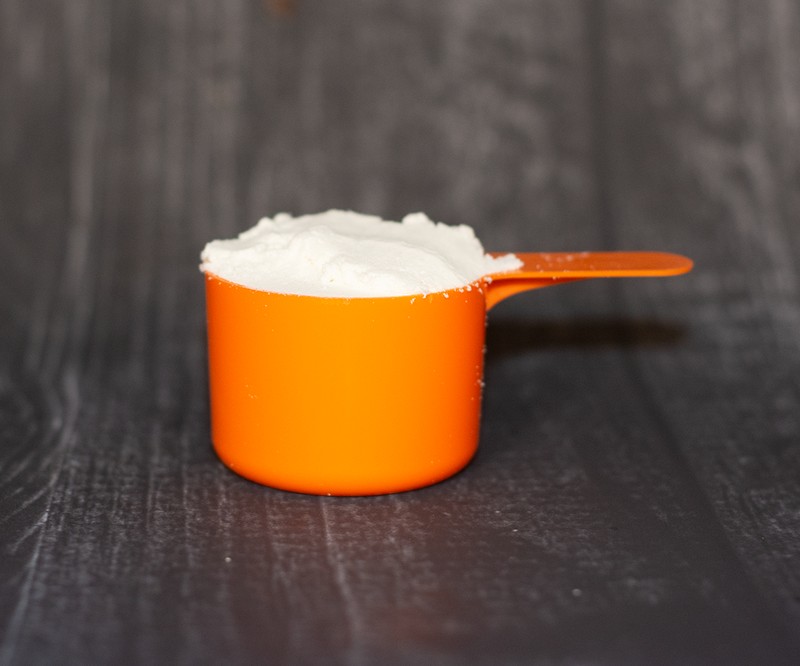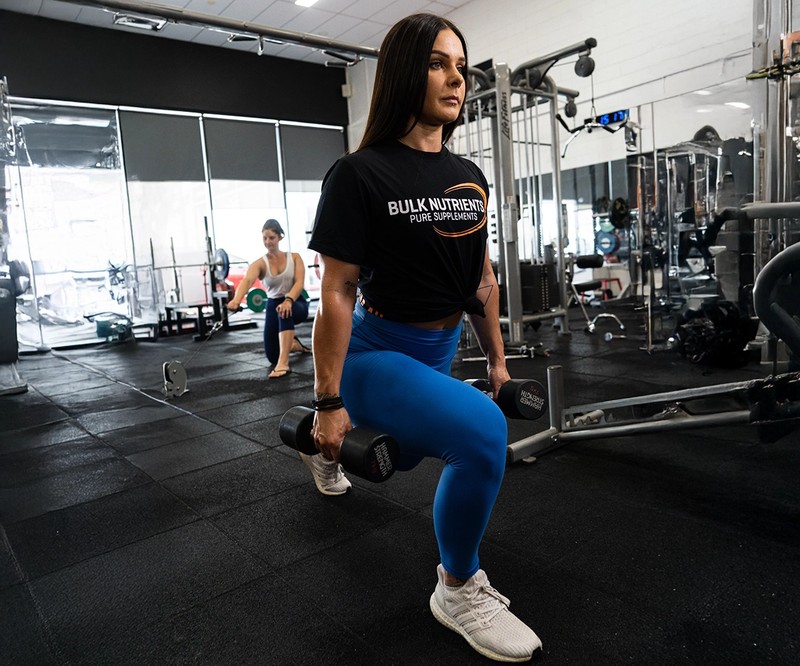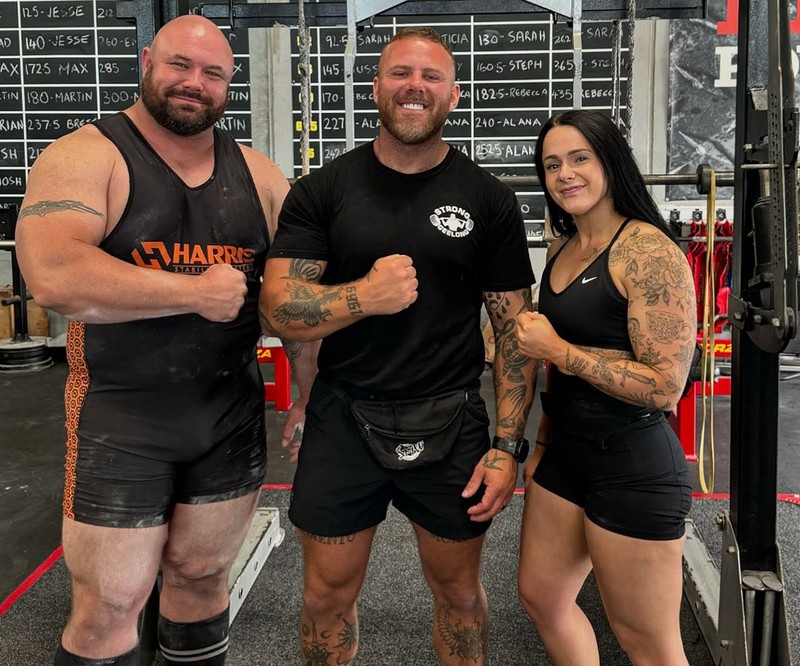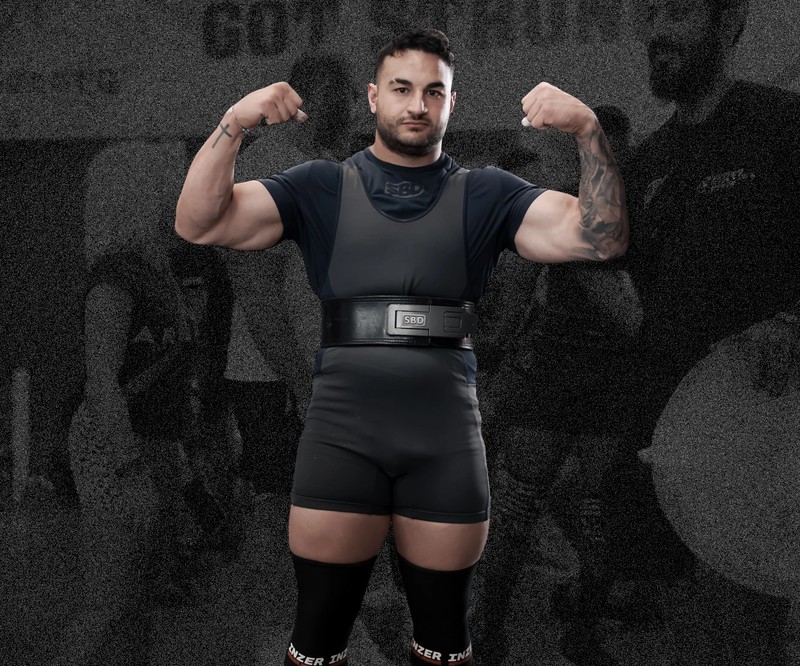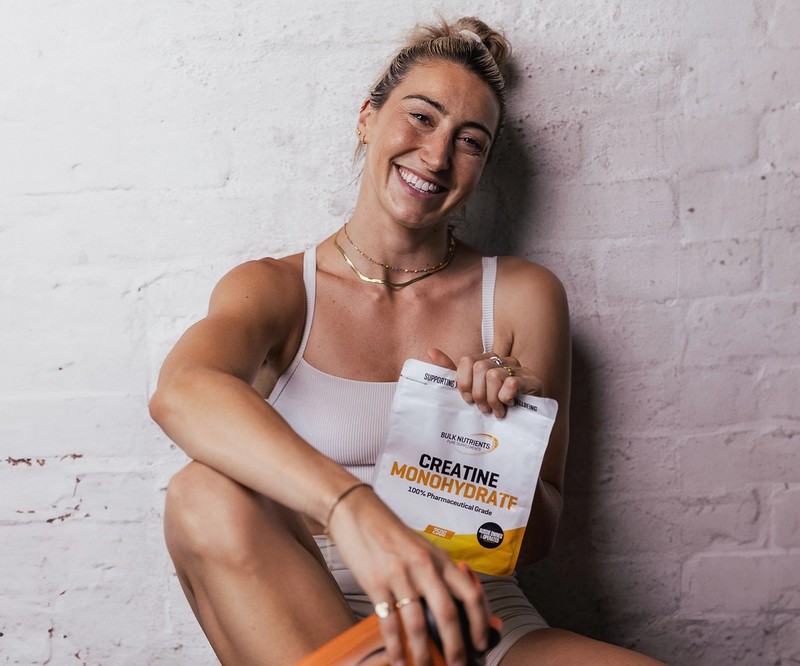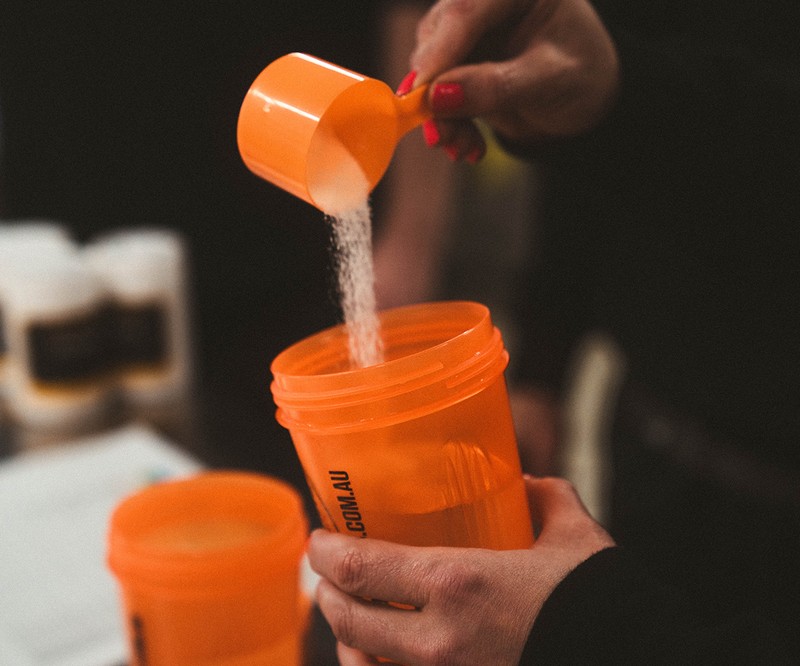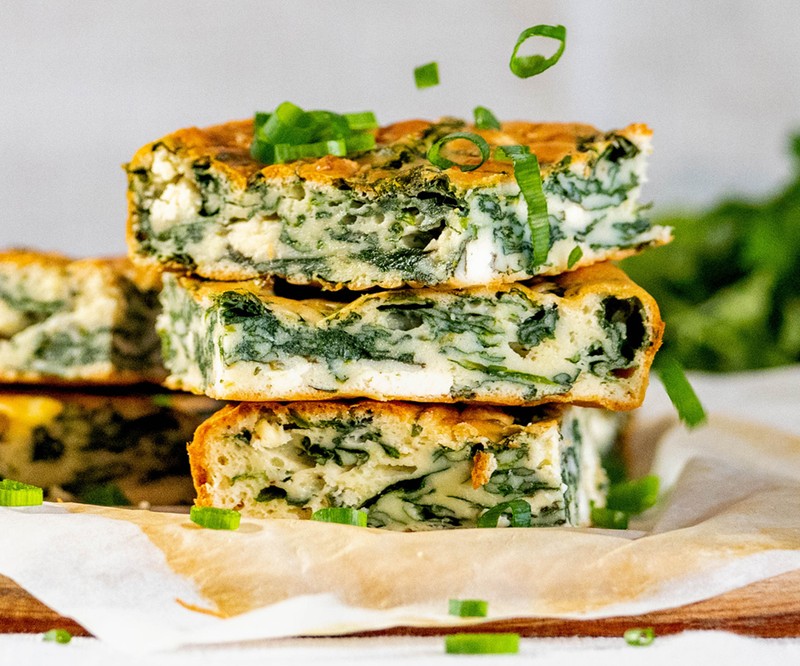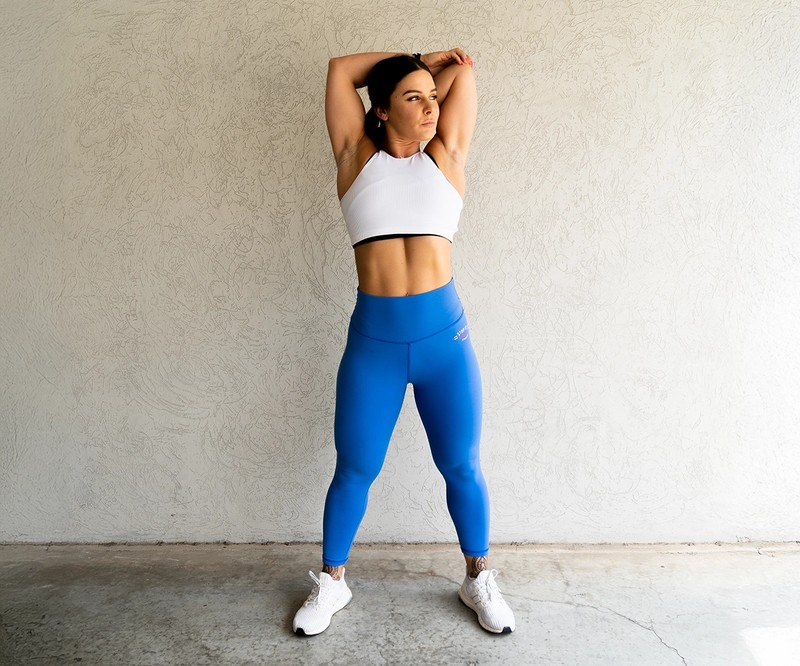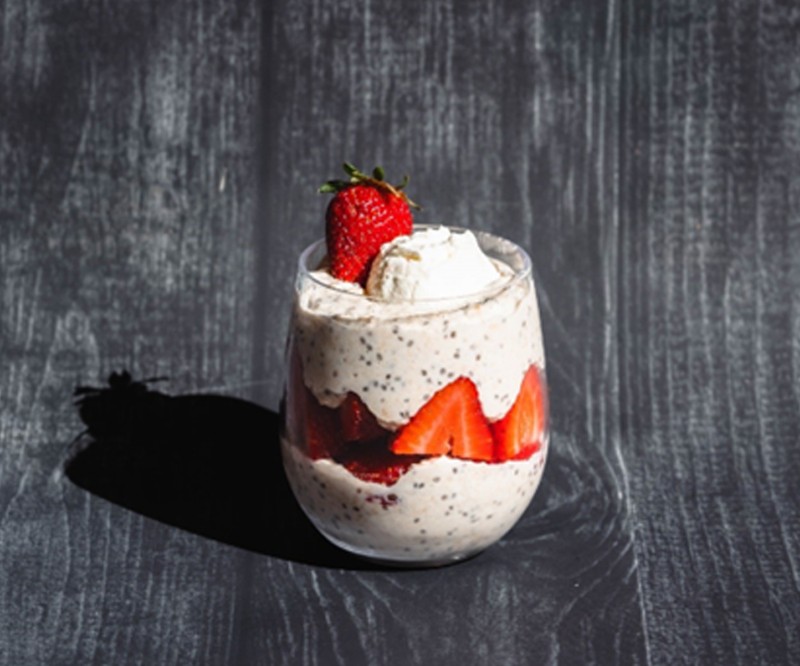Functional Fitness for Bodybuilders: Stay Strong and Agile

Why Functional Fitness Rocks for Bodybuilders
Functional fitness isn’t just about flashy moves - it’s about training smarter. Let’s dive into why bodybuilders should add a functional twist to their workouts.
Moving Better, Lifting Better
Functional fitness is all about those big, compound movements that get multiple muscle groups and joints working together. Think squats and deadlifts - they’re great for improving coordination and balance, which means you move more efficiently. Adding these to your routine can boost your overall strength and stability, leading to better gym performance and fewer injuries.
Take squats, for instance. They don’t just work your quads, hamstrings, and glutes; they also engage your core and stabiliser muscles. This all-in-one approach helps your body move as a cohesive unit, making each rep more effective and less likely to cause strain.
Keeping Injuries at Bay
One of the best things about functional fitness is how it helps prevent injuries and speeds up recovery. By strengthening the muscles and joints you use every day, you’re less likely to suffer from overuse injuries. Plus, it promotes better posture and alignment - crucial for bodybuilders who often repeat the same motions.
Exercises like kettlebell swings and Turkish get-ups can build resilience in your muscles and joints. These movements challenge your body in unique ways, promoting a well-rounded strength profile and faster recovery times.
Boosting Athletic Performance
Functional fitness is designed to tap into those fast-twitch muscle fibres, which are key for power and agility. By including plyometric exercises and high-intensity interval training (HIIT), bodybuilders can develop explosive strength and speed, boosting their athletic performance.
Plyometric exercises, such as box jumps and clap push-ups, are particularly effective here. They train your muscles to generate maximum force quickly - beneficial for both competitive and recreational bodybuilders.
Real-Life Benefits
Beyond the gym, functional fitness preps your body for real-world movement patterns. The strength and flexibility you gain from functional exercises will make everyday tasks easier. Whether you're lifting groceries, playing sports, or doing household chores, functional fitness ensures your body is ready for the challenge.
For instance, a strong core and improved balance can help you stay stable during dynamic movements, reducing the risk of falls and strains. It’s practical, powerful, and perfect for a bodybuilder’s toolkit.
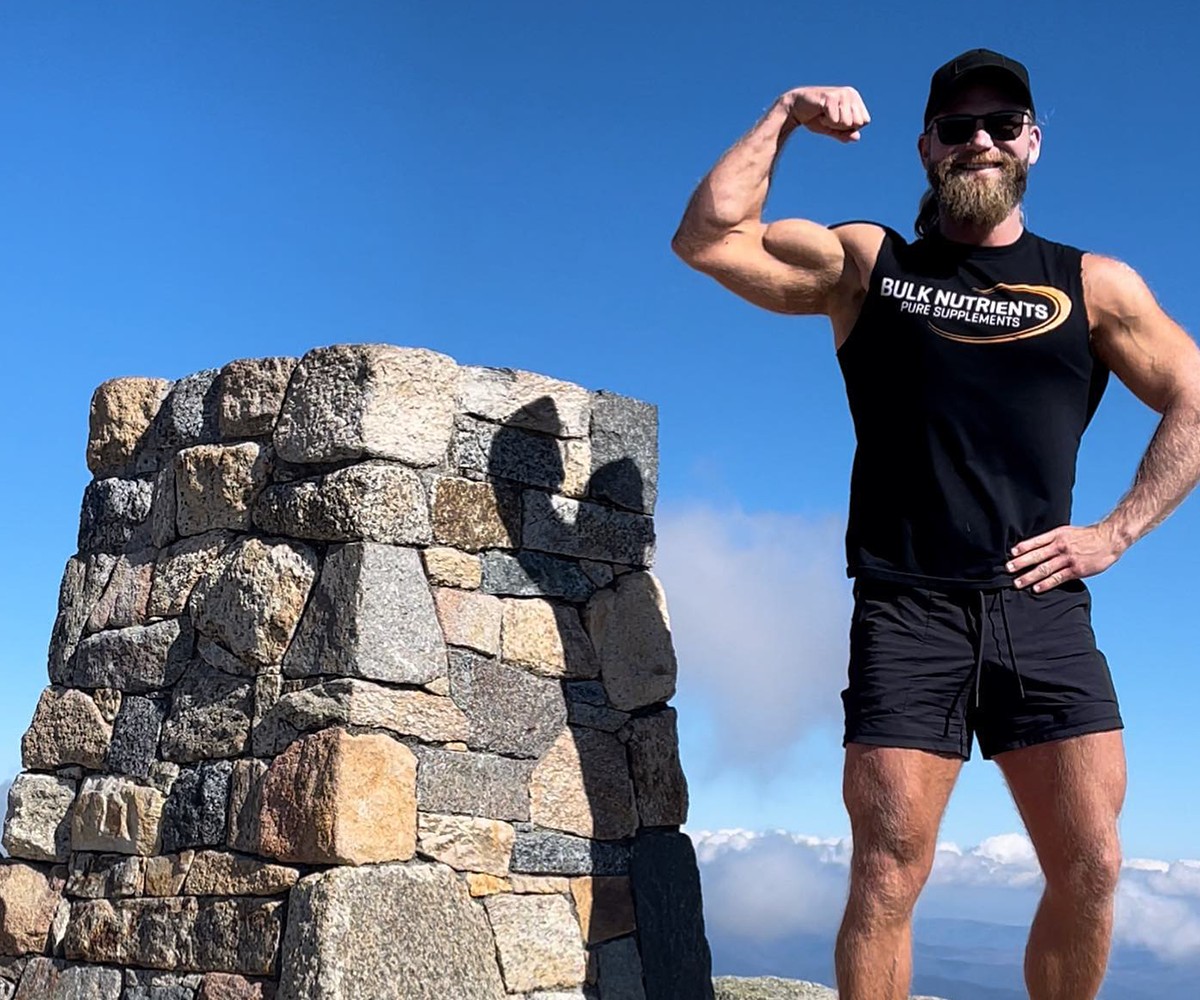
Adding Athletic Training Elements
Ready to put functional fitness into practice? Here’s how to add athletic training elements into your routine - without compromising your muscle gains.
Compound Movements
Compound movements are the backbone of functional fitness. Exercises like squats, deadlifts, and bench presses engage multiple muscle groups simultaneously, promoting better muscle coordination and growth. They also lay a strong foundation for strength and stability.
Start by swapping out a few isolation exercises for compound moves to maximise your training efficiency. You’ll build muscle mass while boosting your athleticism.
Plyometric Exercises
Plyometrics add a pop of power to your workouts. These explosive movements, such as box jumps and clap push-ups, activate fast-twitch muscle fibres crucial for developing explosive strength.
Begin with basic plyometric exercises and progress slowly. For example, master lower box jumps before moving to higher platforms. This safe progression builds explosive power without overstraining your muscles.
HIIT Workouts
High-intensity interval training (HIIT) is an excellent way to boost cardiovascular endurance while maintaining muscle mass. HIIT involves short bursts of intense exercise followed by brief recovery periods, making it highly effective for fat loss and muscle preservation.
Incorporate HIIT sessions into your weekly routine to improve your cardiovascular health. A simple HIIT workout could include 30 seconds of sprinting followed by 30 seconds of walking, repeated for 20 minutes. This type of training will help you stay lean and muscular while enhancing your overall fitness.
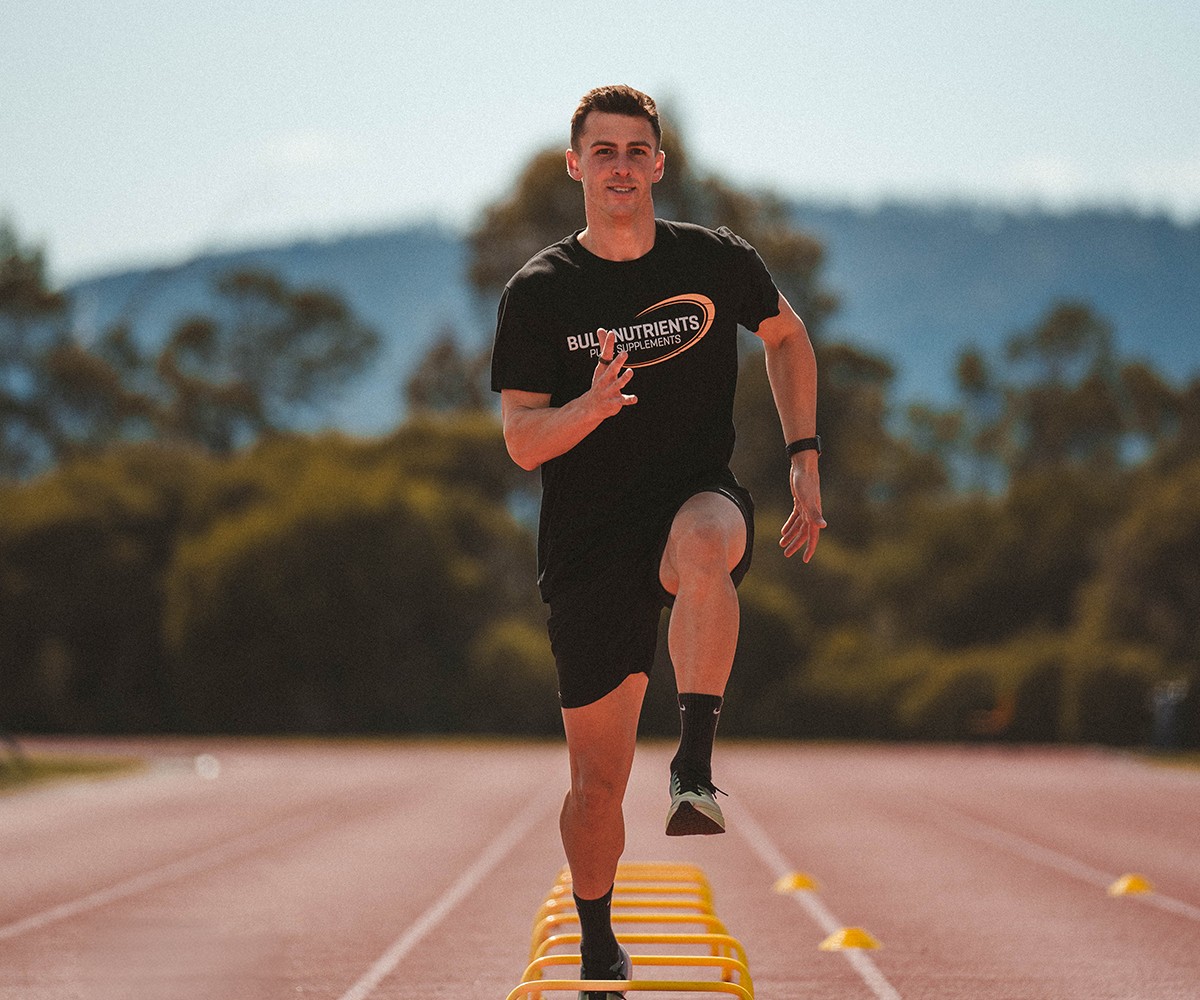
Agility Drills
Agility drills are vital for improving quickness and reaction time. These exercises, such as ladder drills and cone drills, challenge your body to move in multiple directions, enhancing your coordination and agility. For bodybuilders, agility drills can provide a mental and physical break from traditional weightlifting, keeping your training fresh and engaging.
Start with basic agility drills and gradually increase the complexity. For example, practice ladder drills to improve footwork and then move on to cone drills to enhance lateral movement. These drills will help you become more agile and responsive, which can translate to better performance in the gym.
Balance and Core Training
Balance and core training are essential for maintaining stability and preventing injuries. Exercises like planks, side planks, and single-leg deadlifts strengthen your core and improve your balance, making your body more resilient to the demands of bodybuilding.
Incorporate balance and core exercises into your warm-up or cool-down routines. For instance, start with a 30-second plank and gradually increase the duration. This consistent practice will help you build a strong core and improve your overall balance.
Mobility Drills
Mobility drills are crucial for maintaining flexibility and preventing injuries. Exercises like dynamic stretches, foam rolling, and yoga can help improve your range of motion and reduce muscle tightness. For bodybuilders, enhanced mobility means better form and a lower risk of injury.
Include mobility drills in your pre- and post-workout routines. For example, perform dynamic stretches before lifting and foam roll after your session. This combination will help you stay flexible and reduce the risk of muscle strains and joint issues.
Wrapping It Up
Functional fitness offers heaps of benefits for bodybuilders, from moving better to performing better and staying injury-free. By mixing in elements like compound movements, plyometric exercises, HIIT workouts, agility drills, balance and core training, and mobility drills, you can create a well-rounded training programme that supports your muscle-building goals while keeping you healthy and agile.
Don’t be shy about trying out these functional elements. Start small and gradually weave them into your routine. With consistent practice, you’ll notice big improvements in your overall fitness and performance. So, why wait? Start adding functional fitness to your bodybuilding routine today and take your training to the next level.
Related Blogs
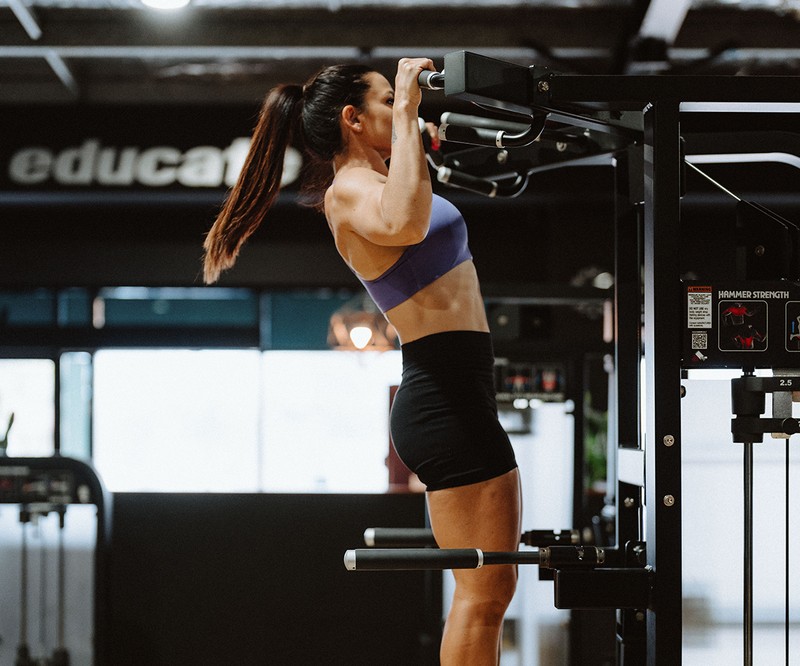
4 Supplements Myths That Might Be Holding You Back
Posted by Bulk Nutrients
Estimated reading time: 6 minutes

Free Home Workouts to Keep You Inspired
Posted by Bulk Nutrients
Estimated reading time: 2 minutes

Wonder Woman's Superhero HIIT Workout
Posted by Bridget Freeman
Estimated reading time: 1 minute


